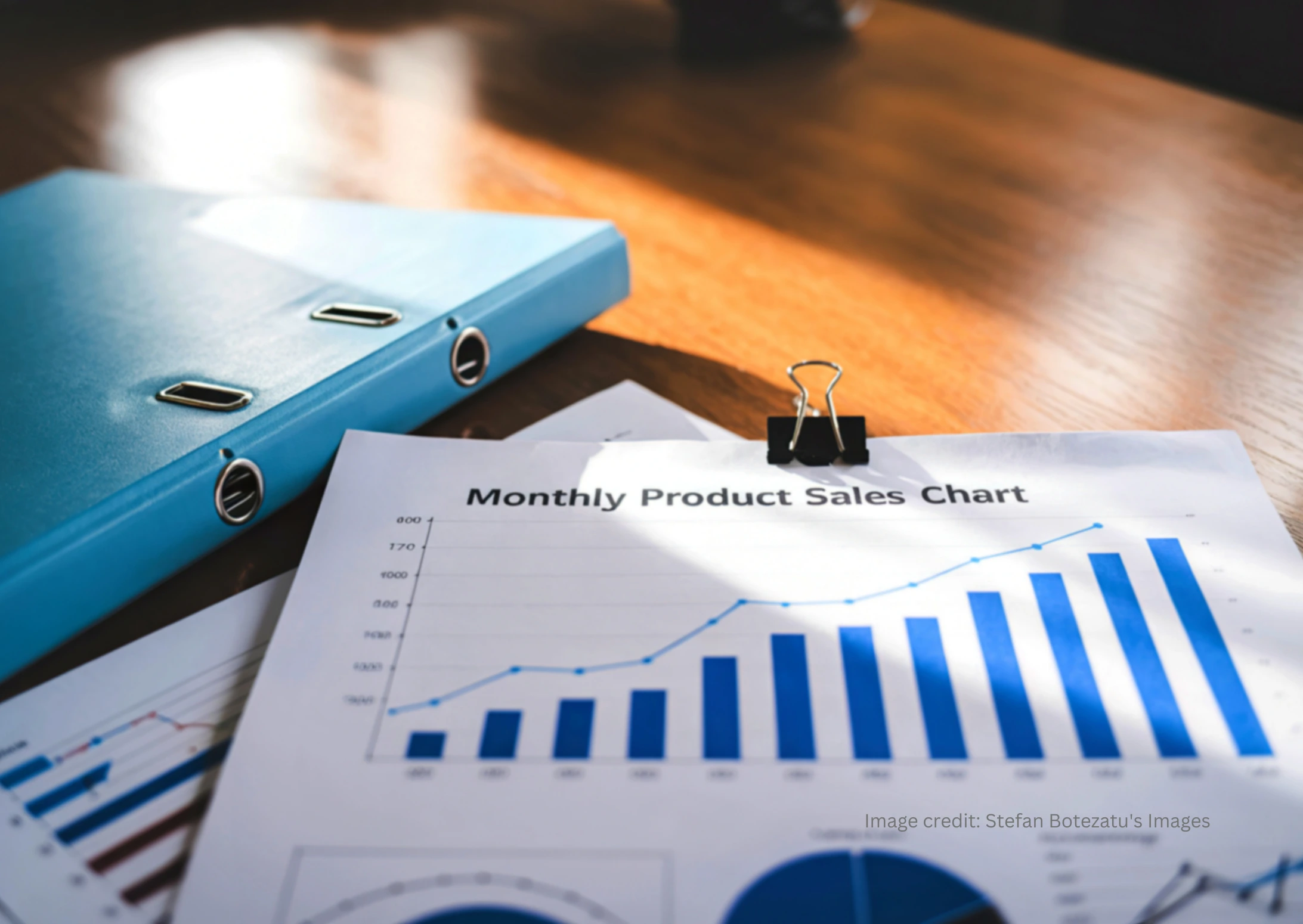Many business owners often ask, “What is my business worth?”
While this may seem like a straightforward question, the answer is typically multifaceted and often starts with, “Well, that depends…”
The purpose of the valuation plays a critical role in the outcome, be it for a buyer, seller, estate plan, banker, or a divorce settlement. Here are some fundamental considerations:
Asset and Liability Valuation
1. Fair Market Value of Assets: The accounting value of assets differs from their fair market value. For instance, real estate purchased in 1964 might be shown at cost, but you should replace that with its current fair market value.
2. Tax Implications: Income tax will be owed if selling assets results in a profit. This estimated tax is generally deducted when calculating the business value.
3. Intangible Assets: Some valuable assets might not appear on the balance sheet, such as exemplary employees, long-term profitable contracts, or a valuable domain name. Also, consider contingent liabilities like long-term lease commitments.
Future Cash Flow and Income Potential
To assess the future income the business can generate, typically historical results are used, with adjustments for known or expected changes:
1. Economic Salary Adjustment: Owners’ compensation may not reflect their actual worth. Replace their pay with a fair amount it would cost to hire someone else. This is termed the ‘economic’ salary and is deducted before determining net income.
2. Normalization of Income: Adjust for unusual factors such as personal perks taken by owners or expenses not aligned with market rates. Income should reflect what a buyer could expect under normal circumstances.
3. Average Income Calculation: Calculate the average income for the most recent years or average cash flow for the projected future.
Determining an Earnings Multiple
The earnings multiple is calculated based on business risk—the greater the risk, the lower the multiple. For instance, a multiple of 4 might be typical for a small business. If average earnings are $50,000, then the business value based on earnings would be $50,000 x 4 = $200,000, which suggests an expected 25% return on investment. Note that the choice of earnings multiple significantly influences the final valuation.
Comparing Values
Once you determine the value based on the fair market value of assets and liabilities, compare it to the value derived from a multiple of expected cash flow. If the asset value is higher, it often serves as the business’s final value. This is common in asset-heavy businesses like farms. Conversely, you might seek a compromise midpoint if the earnings-based value is higher. Earnings-based values are more subjective and harder to contest.
Understanding this valuation process provides valuable insights into determining the worth of your business. However, remember that business valuation is an intricate field, and professional valuators specialize in this complex task.
If you wish to delve deeper into evaluating your business, please contact me at paul@thebusinesstherapist.com.


